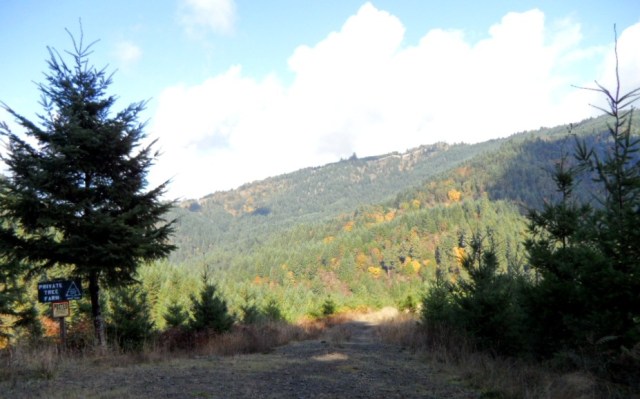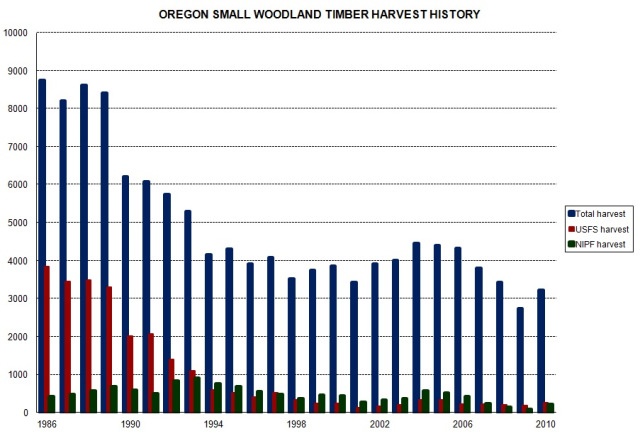2 min read
Oregon Small Woodlands: A Tradition of Superior Land Stewardship
 Gordon Culbertson
:
January 11, 2012
Gordon Culbertson
:
January 11, 2012

Klamath County tree farmers, Jim and Phyllis Dahm, have been selected as 2011 Oregon state outstanding tree farmers of the year. Each year the Oregon Tree Farm System selects woodland owners from across Oregon who exemplify good stewardship practices on their forestlands. The Dahm’s are certainly no exception. The owners of 1,900 acres of forestland in South Central Oregon, they are recognized for effective management that promotes timber production, wildlife and water quality. They are also well known for sharing their resource management expertise by providing tours for local school and community groups.
In Oregon, small woodlands are generally identified as non-industrial of less than 5,000 acres. Forestlands in this category cover over 4.5 million acres or nearly 45 percent of Oregon’s total privately held forested acres. A total of 142,000 individual Oregon landowners hold small timber acreages; approximately 7,000 own between 100 and 5,000 acres.
Reasons for owning forested lands are as varied as individual forest owner personalities. Commonly cited motives include aesthetic enjoyment, investment and part of residence or farm. A noteworthy 74 percent of these owners harvest timber during their ownership.
Small woodland ownerships are an essential partner and crucial component of log supply for Oregon’s forest products industry. Astonishingly, since the listing of the Northern Spotted Owl as an endangered species in 1990,Oregon harvests from non-industrial private forestlands have exceeded those from US National Forests for thirteen of the twenty years. While only 8 percent of small owner’s identify timber harvest as their primary source of income, log sales revenue is important motivation for most landowners. Small landowners are more likely to follow the log market and harvest when prices are up. In 2009 when prices for Douglas fir sawmill logs declined to the lowest levels since the 1980’s, small woodland timber harvests dipped to a 25-year low.
Since 1960, the Oregon Small Woodlands Association (OSWA), now representing nearly 3000 individual landowners, has been an effective advocate promoting sound forest practices on Oregon’s forestlands. OSWA has worked diligently and cooperatively in concert with industrial timber owners to support statewide forest policy protecting forest resources, promoting growth and harvest, and marketing forest crops in a renewable manner.
Typical small forestland holders in Oregon have owned their parcels for nearly thirty years. The commitment, stewardship and quality of forest management of this professional forestry segment, which includes many landowners like Jim and Phyllis Dahm, play an indispensable role in Oregon’s timber supply and the overall forest economy.
Forestry statistics: OFRI Oregon Forest Facts and Figures and Oregon Department of Forestry.
Comments
03-13-2012
Industrial development is just killing forests and destroying our woodlands. We are in desperate need of such small woodlands association to prevent it. Good work OSWA, i hope you continue the same success in future.





